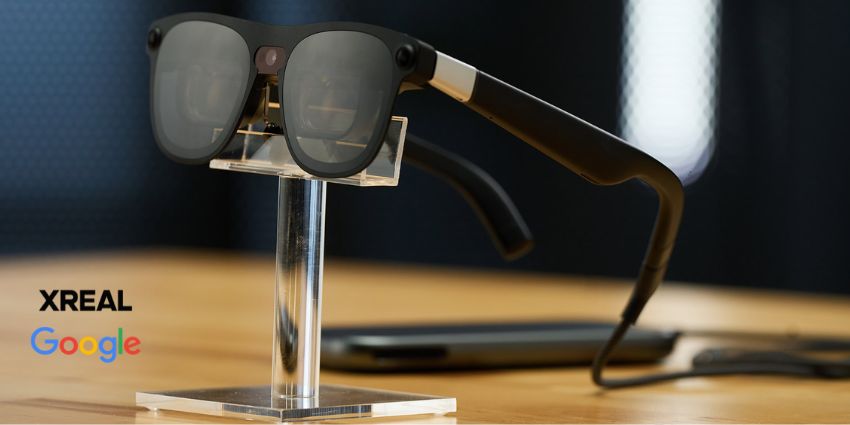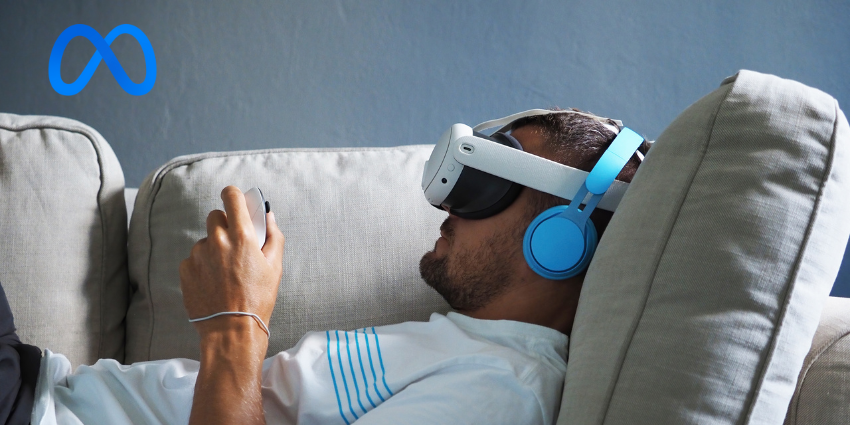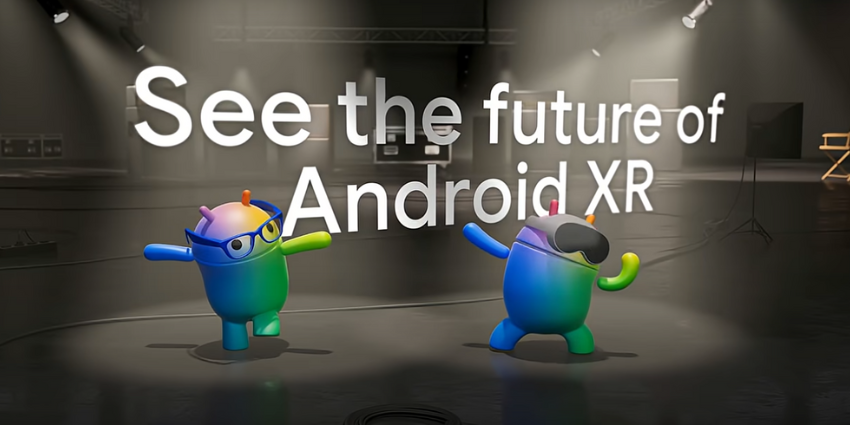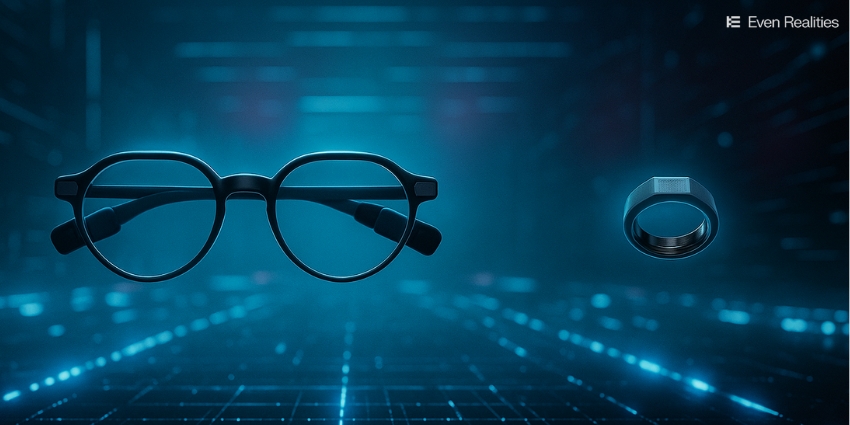2024 may be the start of an XR shift. Following the landmark VR headset adoption trend kicked off by accessible Meta Quest 2 headsets, interest is shifting to the next big trend in XR: AR smart glasses and mixed reality headsets.
As popularised by Meta Ray Ban Smart Glasses and the Apple Vision Pro spatial/MR computing headset, interest in VR hardware is moving towards upcoming AR/MR devices. Adoption is nowhere near ubiquity yet, but with more sophisticated hardware and expected buy-in price decreases, interest in AR/MR could grow, according to various insights.
Further Positive Forecasts for Smart Glasses
In keeping with the optimistic forecasts for AR devices, ResearchAndMarkets also recently released its “Smart Augmented Reality Glasses—Global Strategic Business Report,” which highlights the growth rates of smart glasses, the potential opportunities for enterprises, and how smart glasses could replace VR headsets.
The report indicated that the global market for smart glasses reached approximately 678,600 units in 2023. Furthermore, ResearchAndMarkets expects the market to grow significantly by 13 million units by 2030, amounting to a Compound Annual Growth Rate (CAGR) of 53.0 per cent from 2023 to 2030.
On a regional level, the smart glasses market in the US expanded to encompass around 432,300 units in 2023, contributing to the projected 2030 market forecast. ResearchAndMarkets also anticipates market growth in China, with a projected 62.5 per cent CAGR and 613,300 unit shipments by 2030.
ResearchAndMarkets is also examining broader hardware considerations within the growing smart glasses market, including “simple assisted reality glasses,” which the research body projects to reach 5 million units by 2030 with a CAGR of 50.3 per cent. Additionally, ResearchAndMarkets notes that MR holographic displays, such as Apple’s Vision Pro, are expected to grow at a 58.4 per cent CAGR until 2030.
Evolve Business Intelligence Predict 2033 AR/VR Uptick
Earlier this year, Evolve Business Intelligence released its “Augmented Reality and Virtual Reality Market Analysis and Global Forecast 2023-2033” report, highlighting a continuing upward trend in market forecasts for the XR market.
According to the Evolve report, the AR/VR market size may reach roughly $374 billion by 2033, the report based this forecast on partially and entritly virtual digital experiences including sectors such as gaming, entertainment, healthcare, education, retail, and manufacturing.
The report notes that the market analysis is based on XR hardware providers and component vendors behind smart glasses, VR headsets, MR headsets, and display sensors. Moreover, the report deeply considers the software development firms that empower and create killer applications and platforms for VR/VR end devices.
Interestingly, the report shows how the market has a fairly even split of AR/VR software and hardware vendors contributing to overall growth.
Hardware has the largest market share, at 56 per cent, although the report highlights how the software market, at 44 per cent, is growing faster. This could underline several things, the most significant of which may be the sign of increased investment and interest in software services that leverage the fast-growing hardware space, adding value to the hardware.
Growth in the software space should lead to more sophisticated services that fit a growing number of enterprise and consumer use cases. While the hardware is impressive, the development of equally engaging software appears to be a key towards adoption, which the industry is actively investing in.
The report notes that the forecasted uptick hinges on various market leaders, including Google, Sony, Apple, Samsung Electronics, Microsoft, HTC, Oculus, Magic Leap, Blippar, and Upskill.
The development of XR for enterprises and consumers is notably rising in the US and EU. However, Evolve Business Intelligence explains that China, Japan, South Korea, and India are “key markets” for AR/VR growth and adoption.
IDC Forecasts VR Headset Decline
IDC noted a significant decrease in global AR/VR headset shipments during the first quarter of 2024. The report revealed a 67.4 per cent year-over-year drop in shipments in Q1. Notably, the decline primarily impacted VR headsets, as potential buyers instead focused on MR/AR devices.
Jitesh Ubrani, a Research Manager at Worldwide Mobile Device Trackers, IDC, noted that new mixed reality/spatial computing devices are leading to the decline of VR headsets.
Ubrani said:
Strictly virtual reality headsets [will start] to fade in the coming years.
Ubrani also noted that XR brands and developers will “devise new hardware and experiences to help users eventually transition to augmented reality further down the line.”
The report indicated that although sales decreased, the average selling price rose by over $1000, partly due to Apple Vision Pro. Since the Quest 2 took over the market in 2020, the prices of several consumer headsets have gradually increased.
Despite the significant drop in headset sales, the overall forecast remains positive. As the starting entry price for MR headsets is expected to decrease, consumers may shift from VR to MR/AR devices.
With new mass-market products, the IDC anticipates a 43.9 per cent CAGR in headset shipment volume from 2024 to 2028.
Furthermore, while consumer-facing devices experienced a decline, separate reports indicate a rise in using XR devices in enterprises. The IDC report also shows that the increase in enterprise XR devices is consistently growing.







